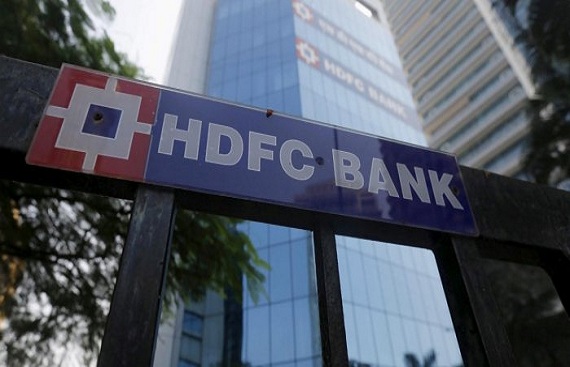HDFC, Nabard & NHB set to raise debt of up to Rs 14,000 crore
By
siliconindia | Thursday, April 20, 2023

Mortgage lender HDFC is likely to sell up to Rs 7,000 crore one-year-ten-month bonds, indicating its first such sale in the current financial year, sources said. Other financial institutions National Housing Bank (NHB) and the National Bank for Agricultural and Rural Development (Nabard) are scheduled to tap debt capital markets. NHB is likely to sell three-year bonds of up to Rs 2,000 crore, while Nabard plans to issue three-year bonds of up to Rs 5,000 crore, the sources said.
HDFC's bond sale has an initial size of Rs 2,000 crore and an option to retain an additional Rs 5,000 crore. The housing financier has embarked on a spree of bond issuances to raise funds ahead of its merger with HDFC Bank.
The base size for NHB's bonds is Rs 500 crore with a greenshoe option worth Rs 1,500 crore, while Nabard's bonds have a base size of Rs 2,000 crore and a greenshoe of Rs 5,000 crore.
Treasury executives said that HDFC's bond sale might see the yield being set at around 7.80%, while Nabard's debt could see a cutoff in the range of 7.55-7.60%. "There was a 5-basis point rally in Nabard's bonds, they are currently around 7.55%. Finally, it boils down to the extent of interest that we see from the mutual fund segment," an executive said on condition of anonymity.
Nabard's bonds are generally considered benchmarks in the corporate debt market. The three-year government bond closed at a 7.02% yield. Fundraising for firms through bond issuances has become cheaper following a recent sharp decline in government bond yields, the references for pricing corporate debt.
Yields on government bonds, especially shorter-maturity papers, have eased following the Reserve Bank of India's unexpected decision to refrain from hiking rates earlier this month. Yield on the most liquid government bond in the four-to-five-year segment settled at 7.04%, 11 basis points lower than its level on April 5, a day before the RBI's policy statement. Bond prices and yields move inversely.

